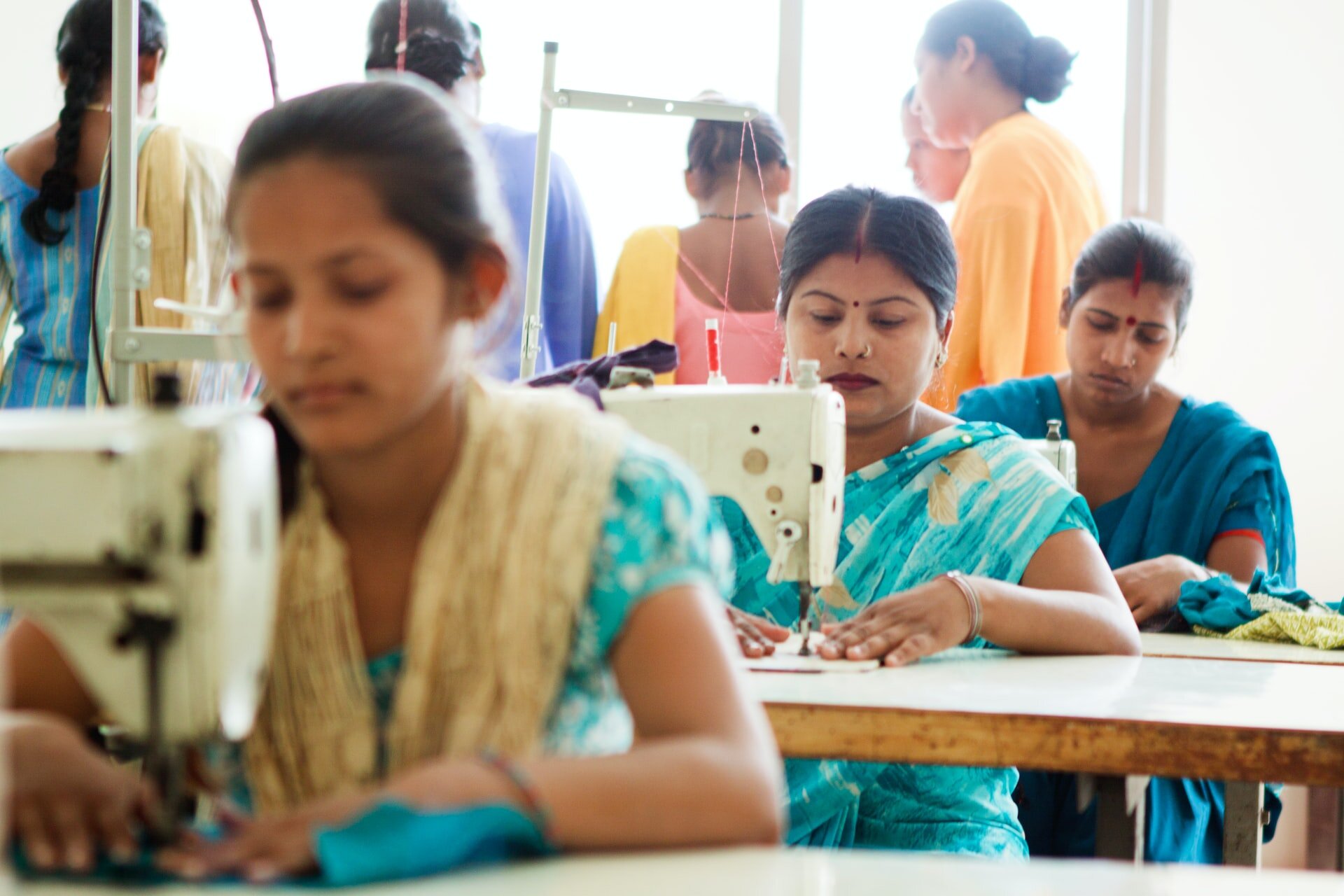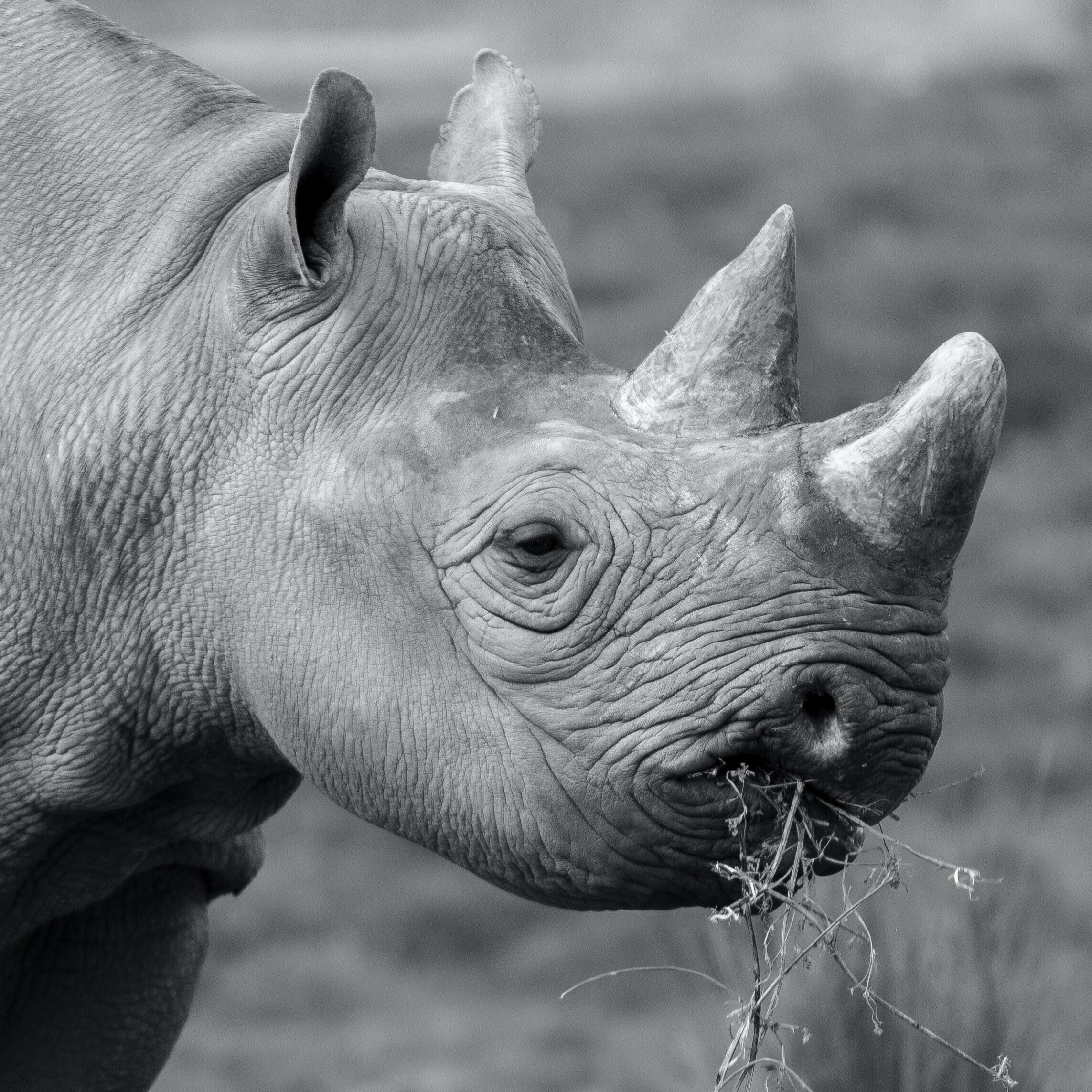Guest blog: SDGmonitor - our favourite Sustainable Development Goals
SDG Monitor Strategy Day in Lisbon 2021
SDg monitor - our favourite Sustainable Development Goals
The team behind our partners SDG Monitor share with us which of the UN’s Sustainable Development Goals inspires them most.
Johanna Catani: SDG 4 Quality Education
When my older brother started in the first grade at school I was overly jealous. I wanted to do that too. So, I took one of my mother's handbags, stashed some pencils and paper in it and followed my brother, first to the schoolyard but then all the way to the classroom where I just took my place, sat down and pretended to belong to the group. Teacher understood. She gave me some exercises and let me stay. I have always loved school: being with other kids, learning stuff, doing sports I would not normally do, and even the food, I thought it was pretty OK.
I have also taken it for granted that I am allowed to educate myself, the right that is denied from so many. Despite progress, there are 10 million boys and 15 million girls in the world without access to education (1). Providing a free education to all is one of the best investments any country can make. Knowledge is valuable capital to any person, for no one can not take it away from you, there is no tax on it and the ROI is limitless.
Vilma Catani: SDG 5 Gender Equality
Gender equality is to the greatest extent a fundamental human right. Achieving gender equality and empowering women and girls is what SDG 5 is all about. Unfortunately, gender inequality is clearly identifiable in social, economical and political fields still in today's world. For me personally, SDG 5 is one of the most important goals as I believe that this is an area where clearly one gender is being left behind and treated unequally. I was privileged to be able to attend university, from where I received a diploma from a male dominated subject, engineering. I was lucky that I had peers who treated me as an equal. Empowering women and girls is essential in order to enhance social and economic growth, however, due to limitations in educational and labour offerings and opportunities for girls, the progress is stagnating (2).
I want that girls and women are encouraged and supported to be able to even attend a school and receive an education in the same manner as boys do and also to strive for the same jobs, even though an industry is clearly male dominated. It is also important to remember, that it is not only the discrimination with respect to education and labour offerings where gender inequalities are identifiable, but also the continuing sexual or physical violence towards women and girls. For example 1 in 3 girls aged 15-19 in 30 countries in Africa and Middle East have been subjected to some type of female genital mutilation or cutting for which consequences can be fatal (2). It is horrible that this is reality. Therefore, regardless of the demographics, advancing all areas of gender inequality is fundamental for a healthy society in terms of people, planet and prosperity.
Tuuli-Anna Tiuttu: SDG 12 Responsible Consumption and Production
Getting inspired about the circular economy and its endless opportunities for more sustainable production and consumption patterns is how sustainability first came into my awareness. It is critical for the future generations that everyone thinks before buying any new product or a service that often comes with secondary products. How we consume has a huge impact on the material footprint that we create. According to the UN, since the last nine years, electronic waste grew by 38% worldwide and only less than 20% of used electronic devices were recycled (3). If businesses and consumers would think about the product's end of life every time they produced a new product or made a purchase decision, it would be possible to really execute the circular approach. Most of the technologies and innovations are already available, we just need to start using them. Whereas recycling the valuable materials is no longer enough, it is all about designing out waste and reducing the material-intake altogether that makes a big difference.. ‘Less is more’ is more than a mindset, it needs to be integrated into everything we do and our lifestyles.
Luna Dabinovic: SDG 1 No Poverty
Growing up in Monaco, a bubble of privilege, suffocating and misleading representation of the world with its widespread depiction of opulence and abundance, I did not feel like I had any room to contribute and therefore did not feel like I belonged. This was a fundamental basis for my questioning of my role in society and fueled my initial obsession for avoiding materialistic and consumerist behaviors and rather focus on the core of what is actually needed as explained by Maslow’s hierarchy of needs. In the context of globalization, it seems impossible to achieve self-actualization without contributing to helping others meet their lower needs first (physiological and safety needs). Passionate about disaster management, SDG 1: no poverty, is one of the factors that most affects the recovery of a community post-disaster while disasters also led to tremendous economic losses ($23.6 billion in losses in 2018, UN) (4). “The triple threat of COVID-19, conflict and climate change makes the global goal of ending poverty by 2030 beyond reach unless immediate and substantial policy actions are implemented”, according to the United Nations. However, to reduce inequalities, improve global resilience and diminish the impact of disasters, businesses also have to contribute in order to achieve this goal.
Elena Zanotti: SDG 15 Life on Land
As a travel enthusiast, I have had the opportunity to travel to more than 50 countries in the world. During these travels, what has moved me the most are the natural landscapes and diverse ecosystems that I have had the opportunity to observe and the biodiversity that lives in them. While the places I have explored have been extremely diverse and unique, they also tend to have one thing in common: the threat they experience from humans’ environmental footprint. The United Nations’ SDG 15: Life on Land focuses on tackling this issue as it aims to restore, protect and promote the sustainable use of terrestrial ecosystems, to manage forests and combat deforestation to halt and reverse land degradation and halt biodiversity loss (UN, 2020) (5). While it has an ambitious agenda, this SDG is extremely important in ensuring the survival of our species. Indeed, “without biodiversity, there is no future for humanity,” says Prof David Macdonald, at Oxford University (The Guardian, 2018) (6). I strongly agree with this statement and hope that we can find solutions to alter this problem, as it would be sad to live in a world where our future grandchildren probably won’t know what an elephant or a rhinoceros is.
Sources:
(1) https://www.unwomen.org/en/news/in-focus/women-and-the-sdgs/sdg-4-quality-education
(2) United Nations Sustainable Development Goals, 5_Why-It-Matters-2020, https://www.un.org/sustainabledevelopment/wp-content/uploads/2018/09/Goal-5.pdf
(3) United Nations Sustainable Development Goals, SDG12, https://unstats.un.org/sdgs/report/2020/goal-12/ (4) United Nations, SDG1 infographic. https://sdgs.un.org/goals/goal1
(5) United Nations Sustainable Development Goals, SDG15, https://unstats.un.org/sdgs/report/2020/goal-15/
(6) The Guardian. 2018. What is biodiversity and why does it matter to us?. [online] Available at: <https://www.theguardian.com/news/2018/mar/12/what-is-biodiversity-and-why-does-it-matter-to-us> [Accessed 12 July 2021].
Our blog has plenty more resources on the Sustainable Development Goals, Circular Economy and Biodiversity
If you are interested in featuring as a guest blog for ESGmark® please contact us - we’d love to hear from you!
SDG Monitor is a cloud-based tool that helps to pair your sustainability actions with the United Nations Sustainable Development Goals (SDGs) and use the SDG indicators for measurement. With SDG Monitor you can easily follow where your company is making progress and where you are falling behind.



